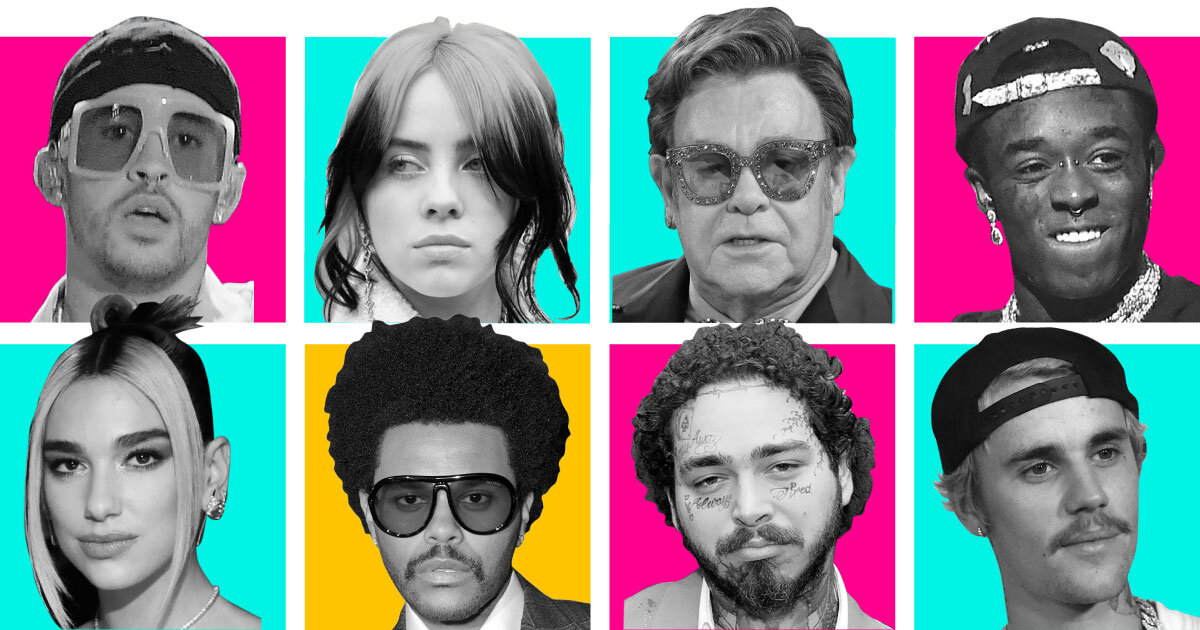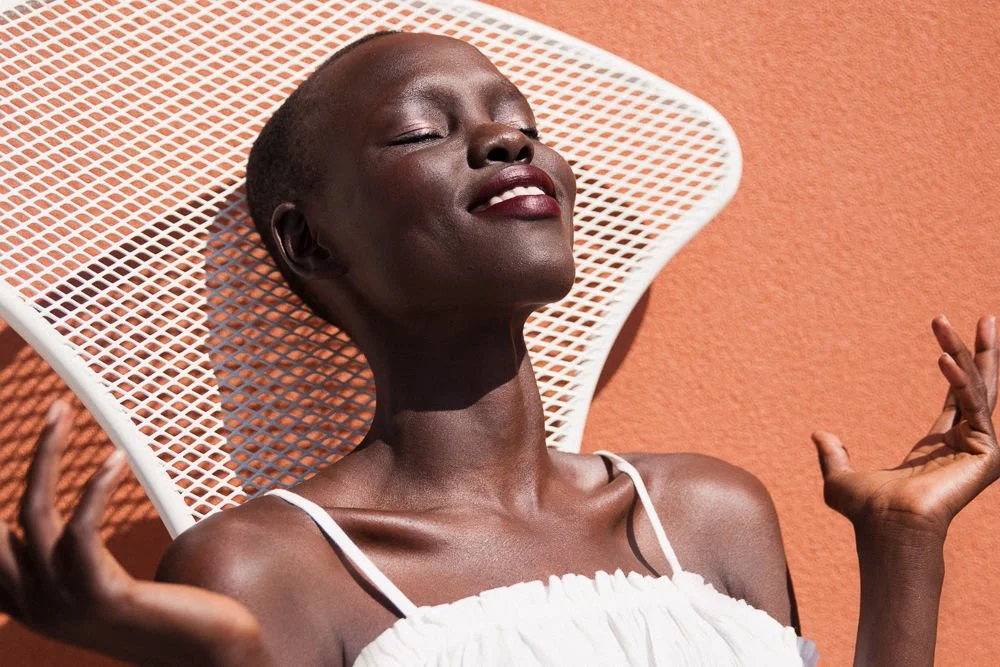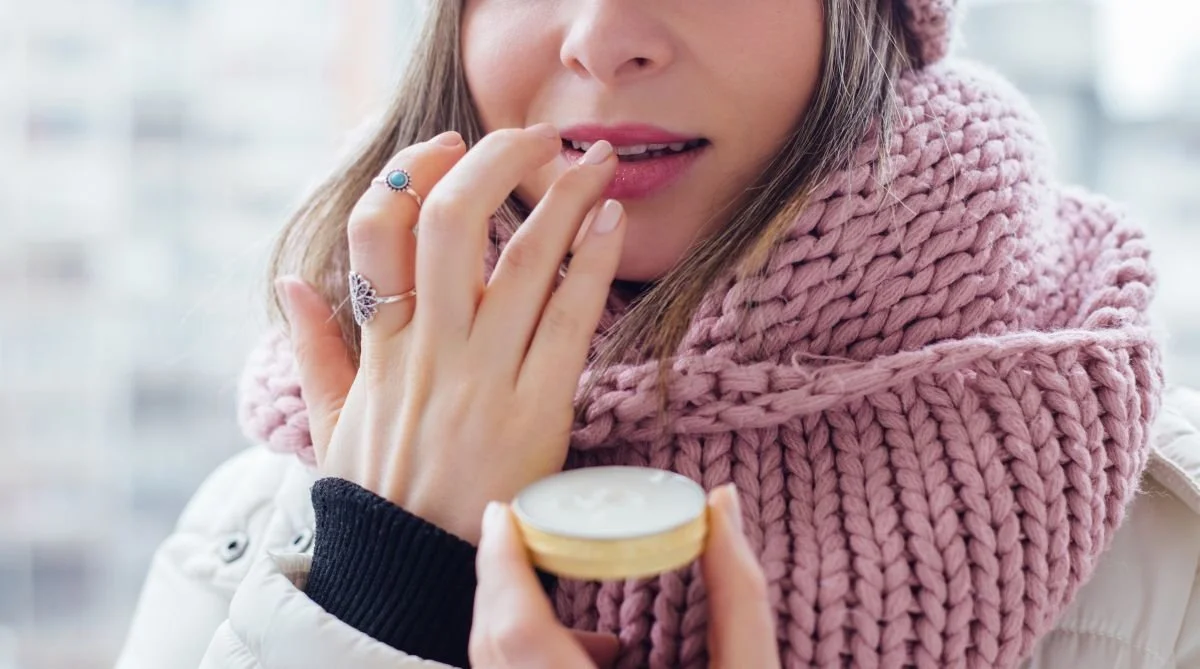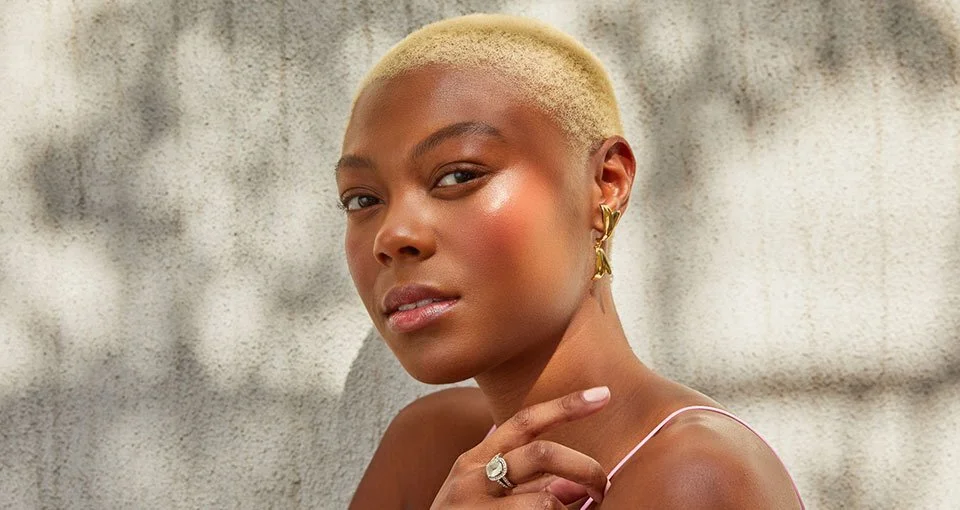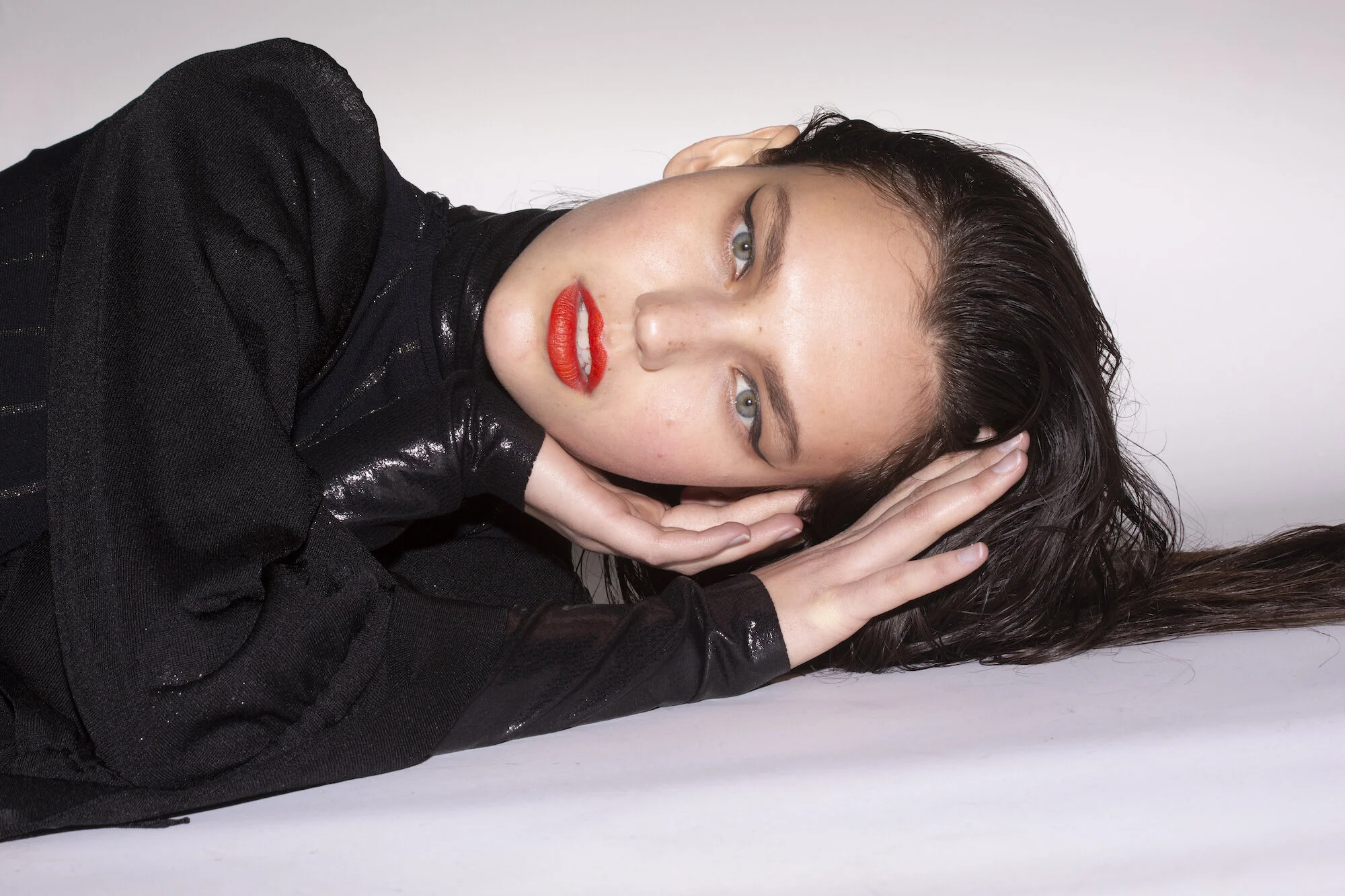Music Sampling: Here's Where Modern Music Comes From
Photo Credit: Bloomberg.com
By: Rachel Shubayeva
Sampling, or using an element of another artist’s song in your music, was first introduced back in the ‘40s. Artists would cut up tape and insert it into another recording, creating sound collages (similar to what we hear in the intro of “Revolution 9” by the Beatles). The concept was only popularized in the late ‘70s, hand in hand with the birth of hip-hop. Basically, the DJ (disc jockey) would choose a record to scratch, usually within the soul or funk genres, to create a unique sound, a remix, and an MC (master of ceremonies) would perform a rap verse to the beat.
As time passed and sampling became more common, rules on plagiarism got more strict. You couldn’t just pick up a record, change it, and present it as your own anymore. To successfully sample a song, one would need permission from the owner of the copyright as well as the record label under which the song was released.
A great example of illegal sampling is the story of The Fugees hit “Ready Or Not” that contains the full melody from Enya’s song “Boadicea”. At the time, Enya was #1 in Ireland, while The Fugees were quickly gaining popularity in the USA. Pras, one of the key members of the band, now admits he doubted the album would make it that far across the globe. He gave the green light to use “Boadicea” without getting permission or crediting Enya. This resulted in a 3 million check to Enya, since the song was a big hit and removing it from the album was not an option.
There are only 7 notes in music, therefore, it’s not rare to come across similarities in different compositions. But sampling is the direct usage of a specific combination of notes already assembled by somebody else. For example, the beat of The Jones Girls' “You Gonna Make Me Love Somebody Else” (1979) sounds similar to the intro of “Lovely Day” (1977) by Bill Withers. Yet, this wasn’t a sample. It was indeed used as a sample later on by Jay-Z in his song “The City Is Mine” with Blackstreet. It was also sampled by Poolside, who implemented that same intro to his cover of Neil Young’s “Harvest Moon”.
Another interesting case is Sister Nancy’s “Bam Bam”. This song travels throughout generations; it appeared in a number of hip-hop songs starting 1991, 9 years after it was released. Lauryn Hill used it in “Lost Ones” (1998), Chris Brown in “Bomb” with Wiz Khalifa (2011), followed by Kanye West in “Famous” (2016). Finally, Beyonce re-introduced the song in her Homecoming movie last year, not to mention all the other 112 songs this sample was used in. At this point, “Bam Bam'' has become folklore. Sister Nancy started receiving royalties only in 2014, after Reebok used her song for an ad. She now gets paid by anyone who samples the reggae hit.
Why use a sample in the first place? First of all, nostalgia. Sampling is a way to honor previous generations, and an amazing way to help your audience engage and learn more about music. Of course, it’s also less time spent on producing a brand new beat, but that’s more of a side benefit.
As mentioned previously, hip-hop artists mostly looked at funk and soul records for sampling. Producers are becoming more and more creative on how they use older music. The famous hum in Blackstreet’s “No Diggity” is actually from a sweet Bill Withers’ song called “Grandma’s Hands”, and Tupac combined The Spinners song “Sadie” and Joe Sample’s “All My Wildest Dreams” to create “Dear Mama”. Snoop Dogg’s anthem “Who Am I? What’s My Name?” is a remake of George Clinton’s “Atomic Dog”. This list can go on for a while.
As a result, we come across sampling in pop music quite often. Ariana Grande’s famous “7 rings” samples “My Favorite Things”, a song from “The Sound of Music”. DJ Khaled re-invents Carlos Santana’s “Maria Maria” with his “Wild Thoughts”, the soundtrack to Aquaman includes “Ocean To Ocean”, Pitbull’s interpretation of Toto’s “Africa”. We also see unexpected collaborations like Doja Cat sampling Blink182’s “What's My Age Again?” in her song “Bottom Bitch” and references indie rock culture in her music video.
Whether it’s one subtle Elton John lyric from “Your Song” in The Weeknd’s “Scared to Live” or the whole Diana Ross and Marvin Gaye “You Are Everything” melody in Childish Gambino’s “Freaks and Geeks”, sampling allows us to discover more music and gives artists more freedom to express themselves.
Check out this playlist for all the songs mentioned here!
